Tree Lopping and Removal in Gardening: Essential Services for a Healthy Landscape
Understanding Tree Lopping and Removal

Tree lopping and removal are critical services in gardening that ensure the safety, aesthetics, and health of your landscape. Whether dealing with overgrown branches or hazardous trees, professional gardeners are equipped to handle these tasks efficiently.
Tree lopping involves the selective cutting of branches to promote healthy growth and maintain the desired shape of the tree. On the other hand, tree removal may be necessary when a tree is dead, diseased, or poses a threat to property and safety.
Proper tree maintenance not only enhances the beauty of your garden but also contributes to the overall well-being of your environment by preventing potential hazards.
The Importance of Professional Tree Lopping
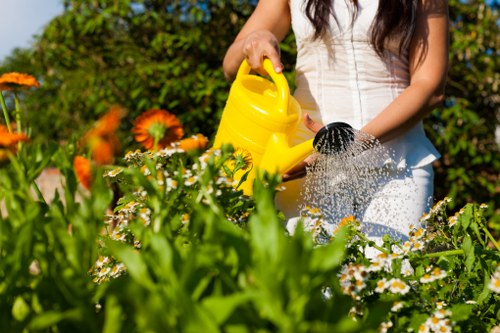
Professional tree lopping offers several benefits, including:
- Safety: Reduces the risk of falling branches and accidents.
- Health: Promotes vigorous growth by removing dead or diseased branches.
- Aesthetics: Maintains the desired shape and appearance of your trees.
Experienced gardeners use the right tools and techniques to ensure that tree lopping is performed safely and effectively, minimizing any potential damage to the tree and surrounding property.
Moreover, regular maintenance through lopping can extend the lifespan of your trees, keeping them healthy and vibrant for years to come.
When to Consider Tree Removal
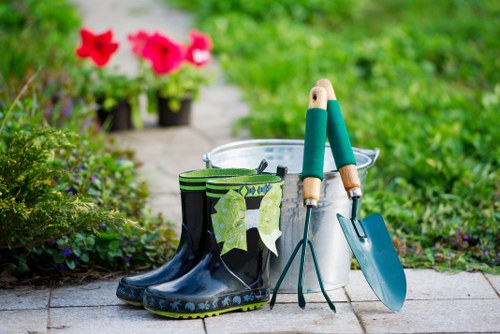
Tree removal is a significant decision that should be carefully considered. Situations where tree removal may be necessary include:
- Advanced disease or pest infestation.
- Structural damage making the tree unstable.
- Proximity to structures posing safety risks.
- Obstruction of essential utilities or pathways.
Consulting with a professional gardener can help you assess the condition of the tree and determine whether removal is the best course of action. They can also provide alternatives, such as pruning or treatment, to save the tree if possible.
It's important to address the issue promptly to prevent further complications and ensure the safety of your property and its inhabitants.
Choosing the Right Professional Service

Selecting a reputable tree lopping and removal service is crucial for achieving the best results. Here are some tips to help you choose the right professional:
- Check for proper licensing and insurance.
- Look for experienced and certified arborists.
- Read customer reviews and testimonials.
- Ask for detailed estimates and understand the scope of services.
Working with qualified professionals ensures that the job is done safely, efficiently, and in compliance with local regulations. They will also provide valuable advice on maintaining the health and appearance of your trees.
Investing in professional services can save you time, money, and potential headaches in the long run.
Benefits of Regular Tree Maintenance
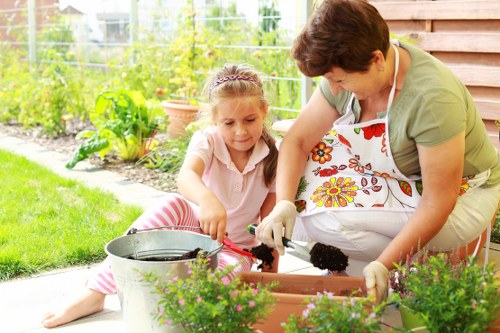
Regular tree maintenance, including lopping and removal, offers numerous advantages:
- Enhanced Curb Appeal: Well-maintained trees significantly improve the visual appeal of your property.
- Increased Property Value: Healthy trees can boost your home's market value.
- Environmental Benefits: Trees play a vital role in air purification and providing shade.
- Safety Assurance: Prevents accidents related to falling branches or unstable trees.
By prioritizing tree maintenance, you ensure a safe, beautiful, and sustainable environment for your family and community.
Don't wait until problems escalate—regular check-ups and maintenance can make all the difference.
Advanced Techniques in Tree Lopping
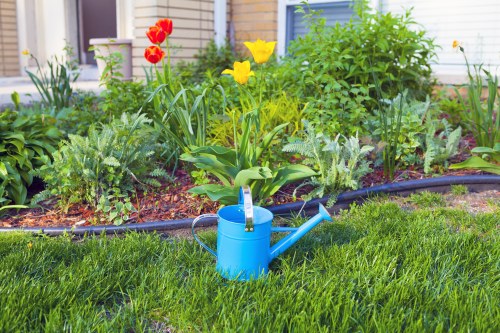
Modern tree lopping employs advanced techniques to ensure precision and minimal impact on the tree's health. Some of these techniques include:
- High-Crown Lopping: Removing branches located high up in the canopy to reduce weight and prevent breakage.
- Selective Pruning: Targeting specific branches to encourage natural growth patterns.
- Canopy Thinning: Reducing density to improve light penetration and air circulation.
These methods require expertise and specialized equipment, making professional services indispensable for effective tree care.
Embracing these advanced practices can lead to healthier, more resilient trees that enhance your garden's overall ecosystem.
Environmental Considerations in Tree Removal

Tree removal should always consider its environmental impact. Responsible practices include:
- Recycling Wood: Utilizing wood for mulch, firewood, or other purposes to minimize waste.
- Preserving Biodiversity: Ensuring that tree removal does not disrupt local wildlife habitats.
- Sustainable Practices: Planting new trees to replace those that are removed, maintaining the ecological balance.
By adhering to environmentally friendly methods, gardeners can ensure that tree removal contributes positively to the ecosystem rather than causing harm.
Choosing sustainable options reflects a commitment to preserving nature for future generations.
Cost Factors in Tree Lopping and Removal
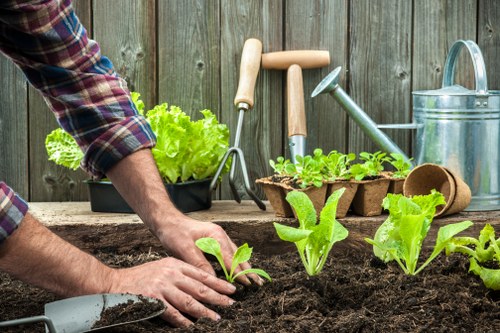
The cost of tree lopping and removal varies based on several factors:
- Tree Size and Height: Larger and taller trees require more resources and time.
- Location: Trees located near structures or utilities may incur additional costs due to the complexity of the job.
- Health of the Tree: Diseased or damaged trees may require special treatment during removal.
- Accessibility: Difficult-to-reach trees may need specialized equipment, increasing the cost.
Obtaining detailed quotes from multiple service providers can help you understand the pricing structure and choose a service that fits your budget.
Remember, investing in quality service ensures the job is done safely and effectively, potentially saving money in the long run.
Safety Measures in Tree Removal

Safety is paramount during tree removal. Professional gardeners implement strict safety protocols, including:
- Using proper personal protective equipment (PPE).
- Securing the work area to prevent unauthorized access.
- Employing specialized equipment for efficient and safe cuts.
- Ensuring proper disposal of debris to avoid hazards.
Adhering to safety standards not only protects the workers but also the property and its inhabitants.
Never attempt tree removal without the necessary knowledge and equipment—it can lead to severe injuries and property damage.
Preparing for Tree Lopping or Removal
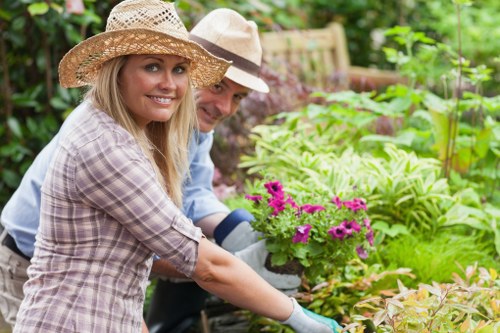
Before scheduling tree lopping or removal, consider the following preparations:
- Clear the area around the tree to provide easy access.
- Inform neighbors of the planned work to avoid surprises.
- Ensure pets and children are kept away from the work zone.
- Discuss specific requirements and concerns with the service provider.
Proper preparation ensures that the process runs smoothly and reduces the risk of complications during the job.
Effective communication with your gardener can lead to a successful and stress-free experience.
Post-Removal Landscaping Tips
[IMG_11]After tree removal, it's essential to address the space left behind to maintain the beauty and functionality of your garden:
- Fill the Hole: Remove the stump and fill the hole with soil to prevent tripping hazards.
- Plant New Vegetation: Consider planting new trees or shrubs to continue enhancing your landscape.
- Soil Treatment: Treat the soil to ensure it's fertile for future plantings.
- Mulching: Apply mulch to retain moisture and suppress weeds.
These steps help in restoring the area quickly and integrating it seamlessly with the rest of your garden.
Embracing these practices ensures that your garden remains lush and inviting even after significant changes.
Legal Considerations in Tree Removal
[IMG_12]Tree removal may be subject to local regulations and permits. It's important to:
- Check local ordinances regarding tree cutting and removal.
- Obtain necessary permits before proceeding with removal.
- Respect protected species and consult with local authorities if needed.
- Ensure compliance with environmental laws to avoid penalties.
Working with a professional gardener familiar with these regulations can help you navigate the legal aspects smoothly.
Adhering to the law ensures that tree removal is conducted responsibly and ethically.
Innovations in Tree Care Technology
[IMG_13]Advancements in technology have revolutionized tree lopping and removal, making the processes safer and more efficient:
- Climbing Equipment: Modern harnesses and ropes allow for safer access to high branches.
- Chainsaws with Enhanced Safety Features: Reduce the risk of accidents during cutting.
- Stump Grinding Machines: Efficiently remove stumps without the need for manual labor.
- Drones for Inspection: Provide detailed assessments of tree health and structure.
These technological innovations enable professionals to deliver high-quality services with greater precision and reduced risk.
Embracing these tools can lead to better outcomes and improved safety standards in tree care.
Eco-Friendly Practices in Tree Lopping
[IMG_14]Adopting eco-friendly practices in tree lopping and removal contributes to sustainability and environmental preservation:
- Using Sustainable Equipment: Opt for machinery that is energy-efficient and has lower emissions.
- Promoting Biodiversity: Retain certain branches and foliage to support local wildlife.
- Recycling Green Waste: Convert tree debris into mulch or compost for garden use.
- Planting Native Species: Choose native trees and plants that thrive in your local climate.
Implementing these practices ensures that tree care aligns with environmental stewardship.
Choosing sustainable methods reflects a commitment to preserving nature and fostering a healthy ecosystem.
Conclusion
[IMG_15]Tree lopping and removal are vital aspects of gardening that require expertise and care. By understanding the importance of these services and choosing the right professionals, you can maintain a beautiful and safe landscape.
Regular maintenance not only enhances the aesthetic appeal of your garden but also ensures the health and longevity of your trees.
Don't hesitate to contact us today to schedule your tree lopping and removal services and take the first step toward a healthier, more beautiful garden.



